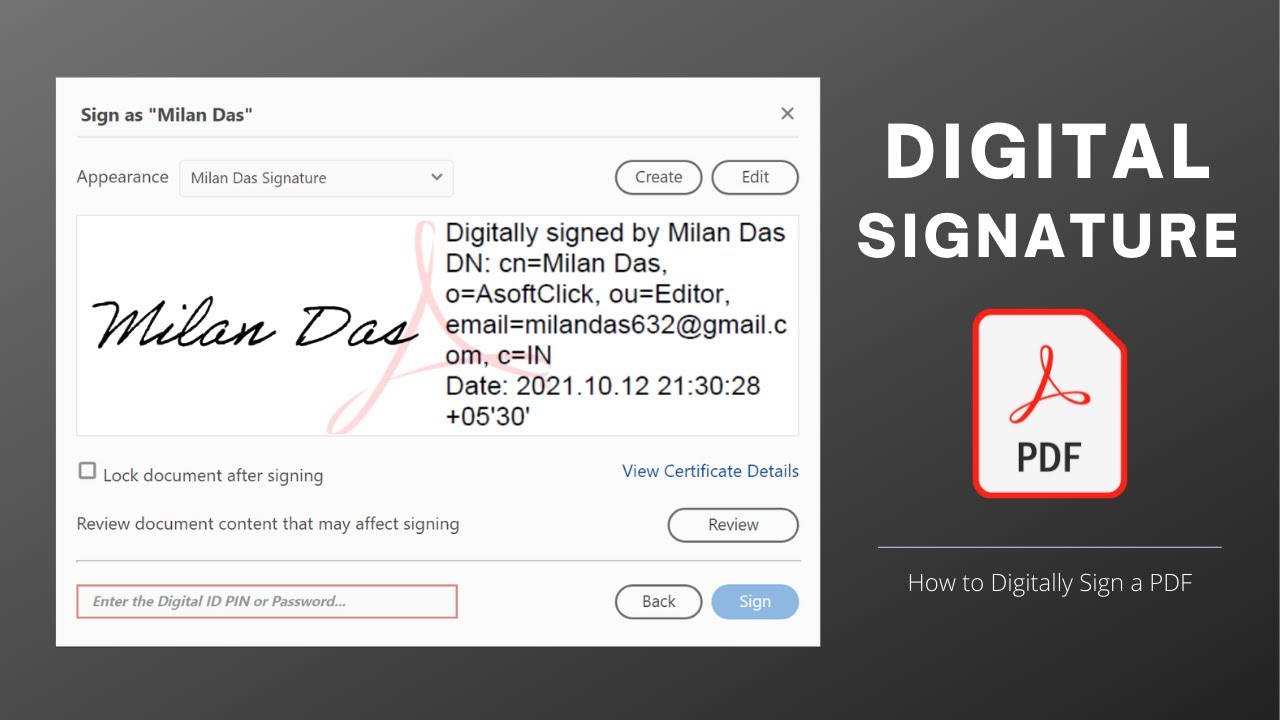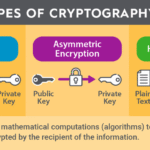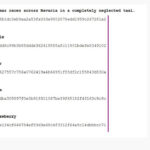Digital signatures are becoming increasingly crucial in our technology-driven world, serving as a robust mechanism for ensuring document authenticity. Yet, the perception that one must rely on additional software to handle these signatures can be misleading. In reality, it is possible to manage digital signatures in PDFs using built-in tools and functionalities found in widely used programs like Adobe Acrobat. This article aims to illuminate the process, empowering users to take greater control over their document management without succumbing to the pressures of additional software acquisitions.
Before delving into the specifics of handling digital signatures, it is paramount to understand what a digital signature is. Essentially, a digital signature is an encrypted electronic fingerprint that validates the authenticity and integrity of a digital document. Functioning akin to a handwritten signature, it binds the signee to the content of the document while simultaneously mitigating the risk of tampering.
The process begins with the existential necessity of obtaining a digital certificate, which is paramount for signing documents digitally. This certificate serves as the conduit for establishing identity, akin to an official ID in the physical realm. Various entities offer digital certificates, often coming from trusted Certificate Authorities (CAs). Users may select from a range of providers based on their needs and budgets. It’s a perception shift: investing in a digital certificate is more about safeguarding the integrity of transactions than simply another bureaucratic expense.
Upon acquisition of a digital certificate, the user is positioned to sign PDFs directly using existing applications like Adobe Acrobat. This is a significant relief for those who may initially view the process as daunting or necessitating a suite of auxiliary tools. The beauty of Acrobat is that it integrates the capacity for digital signatures seamlessly, allowing users to engage in streamlined document validation processes that don’t compromise on security.
To initiate the signing process, the user must first open the desired PDF document in Adobe Acrobat. Following this, navigate to the “Tools” section, which provides access to a variety of functionalities within the program. Among these, the “Fill & Sign” tool is essential. Once selected, the option to sign the document emerges prominently, paving the way for a straightforward process that is deceptively simple yet offers profound implications for document security.
Once the signing option is activated, users can either draw their signature, type it, or utilize an image of their handwritten signature. However, it is the digital certificate that must bear significance in this context. Selecting the “Sign” option will prompt the user to choose their digital certificate. It’s here that the user experiences a revelation: this maneuver of integrating their digitally certified identity into a document is not mere task-oriented signing but rather a transformative gesture that redefines the interaction with digital documents.
Having chosen the certificate, users will likely be prompted to enter the corresponding password, ensuring the sanctity of the signature process. Upon completion, the digital signature will be affixed to the document. Notably, it is essential to ensure that the signature is appropriately validated by verifying that the signature status indicates its validity and compliance—this checks that the document remained unaltered post-signing.
In discussing the handling of digital signatures, it would be remiss not to touch upon the nuances that accompany document security. Beyond the signing feature, Adobe Acrobat also includes functionalities to encrypt documents, thereby limiting access and ensuring that only authorized individuals can view or make modifications. This becomes a crucial component in environments where confidentiality and data integrity are non-negotiable. For instance, in legal, medical, or financial fields, the ramifications of inadequate security can be severe, rendering grasping these functionalities not just an option but a necessity.
Addendum to the process involves routine maintenance of the digital certificate, as expiration can impede the signing capacity. Regular checks on the certificate status are necessary, akin to renewing an essential document like a driver’s license. Organizations may find developing a streamlined protocol for monitoring certificate statuses and renewals beneficial in sustaining operational continuity.
The multifaceted nature of digital signatures extends beyond mere document signing to encompass broader issues such as compliance with regulatory frameworks. Various industries have established standards and expectations regarding digital signatures, and familiarizing oneself with these can further augment an organization’s operational integrity. Understanding these regulations breeds confidence, allowing users to forge forward into a realm of unprecedented digital authentication.
In conclusion, handling digital signatures in PDFs without the need for extra software is not only achievable but may also inspire an evolved perspective on document management. Embracing the inherent capabilities of existing tools can foster a more empowered, self-sufficient approach to digital affairs. The journey does not stop at mere execution; rather, it expands into an ongoing engagement with the digital realm where security, accessibility, and authenticity coalesce, redefining the paradigms of document interactions.
In an age where digital communication oftentimes supersedes handwritten correspondence, adopting these practices can lead to transformative changes in how we perceive and interact with our digital documents. The integration of digital signatures encapsulates a broader narrative of trust, security, and authenticity, challenging users to rethink their approaches and adapt to a progressively digitized landscape.









Leave a Comment